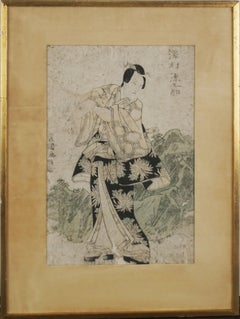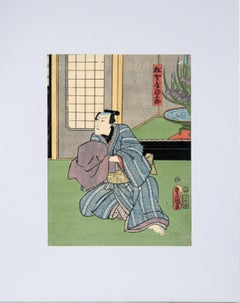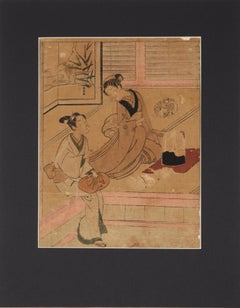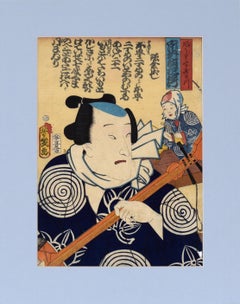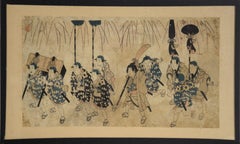Edo Art
Early 19th Century Edo Art
Ink, Rice Paper, Woodcut
1850s Edo Art
Paper, Ink, Woodcut
18th Century Edo Art
Ink, Rice Paper, Woodcut
1860s Edo Art
Ink, Rice Paper, Woodcut
Late 18th Century Edo Art
Ink, Wood Panel, Rice Paper
1830s Edo Art
Ink, Rice Paper, Woodcut
1760s Edo Art
Ink, Rice Paper, Woodcut
Mid-19th Century Edo Art
Woodcut
1920s Edo Art
Ink, Rice Paper, Woodcut
1920s Edo Art
Ink, Rice Paper, Woodcut
Mid-19th Century Edo Art
Paper, Ink, Woodcut
1870s Edo Art
Paper, Ink, Woodcut
19th Century Edo Art
Paper, Ink, Woodcut
Mid-18th Century Edo Art
Woodcut
Mid-19th Century Edo Art
Woodcut
Early 1800s Edo Art
Woodcut
2010s Edo Art
Paper, Crayon, Oil Crayon, Graphite
1780s Edo Art
Woodcut
1920s Edo Art
Sumi Ink
1830s Edo Art
Woodcut
2010s Edo Art
Paper, Crayon, Oil Crayon, Graphite
1850s Edo Art
Woodcut
2010s Edo Art
Paper, Crayon, Oil Crayon, Graphite
1860s Edo Art
Woodcut
1890s Edo Art
Handmade Paper, Mulberry Paper, Woodcut
19th Century Edo Art
Silk, Paper, Ink
2010s Edo Art
Paper, Crayon, Oil Crayon, Graphite
2010s Edo Art
Paper, Crayon, Oil Crayon, Graphite
2010s Edo Art
Paper, Crayon, Oil Crayon, Graphite
1870s Edo Art
Handmade Paper, Mulberry Paper, Woodcut
2010s Edo Art
Paper, Crayon, Oil Crayon, Graphite
2010s Edo Art
Paper, Carbon Pencil, Color Pencil
1840s Edo Art
Woodcut, Mulberry Paper
2010s Edo Art
Paper, Crayon, Oil Crayon, Graphite
1890s Edo Art
Handmade Paper, Mulberry Paper, Woodcut
19th Century Edo Art
Paper, Ink, Pigment
2010s Edo Art
Paper, Crayon, Oil Crayon, Graphite
21st Century and Contemporary Edo Art
Paper, Pencil, Color Pencil
2010s Edo Art
Paper, Crayon, Pencil, Graphite
2010s Edo Art
Paper, Crayon, Oil Crayon, Graphite
2010s Edo Art
Paper, Graphite, Crayon, Oil Crayon
2010s Edo Art
Paper, Crayon, Oil Crayon, Graphite
2010s Edo Art
Paper, Crayon, Oil Crayon, Graphite
2010s Edo Art
Paper, Crayon, Oil Crayon, Graphite
2010s Edo Art
Paper, Crayon, Oil Crayon, Graphite
2010s Edo Art
Paper, Crayon, Oil Crayon, Graphite
1920s Edo Art
Woodcut
2010s Edo Art
Paper, Crayon, Oil Crayon, Graphite
Mid-19th Century Edo Art
Paper, Ink
